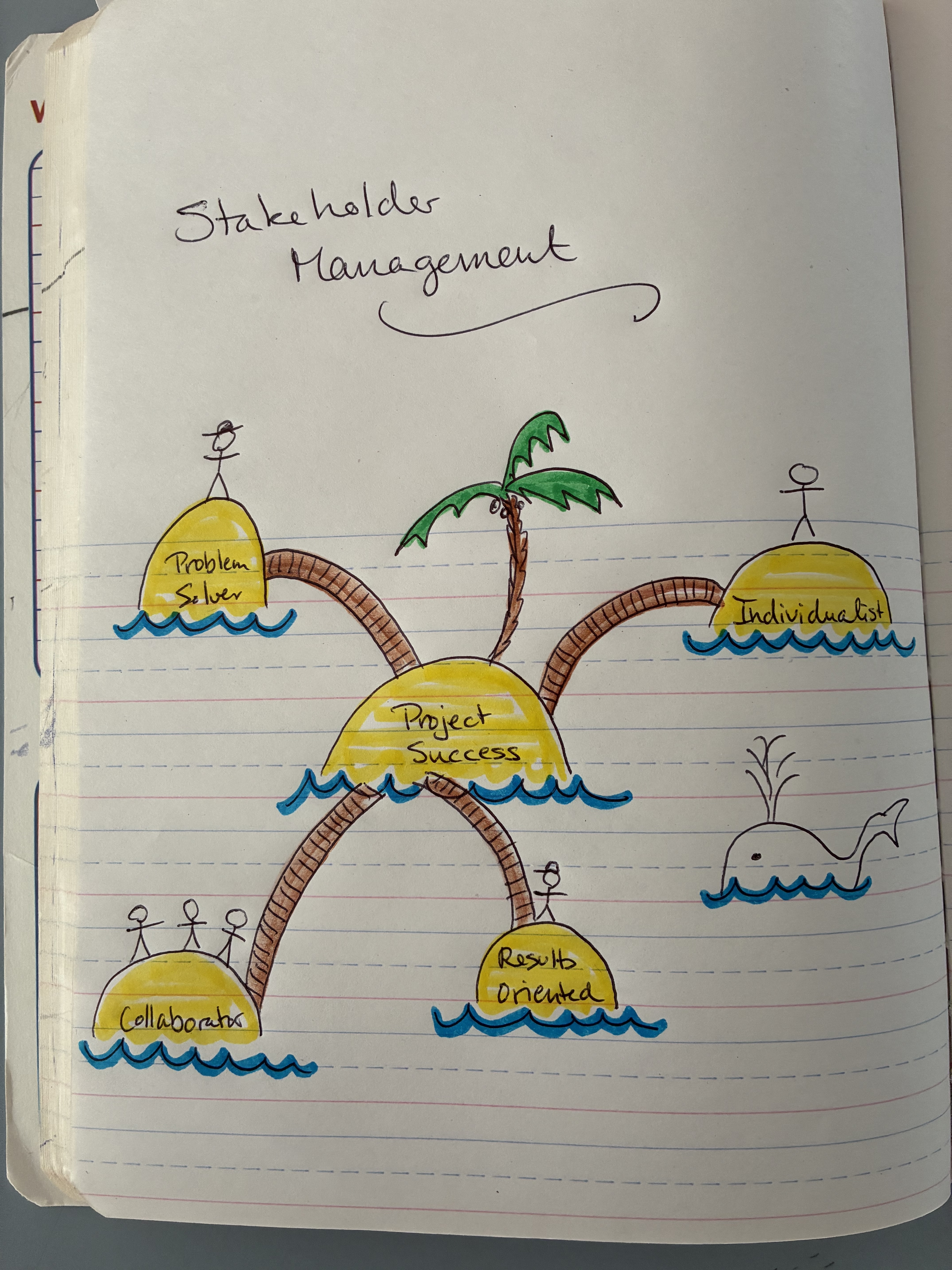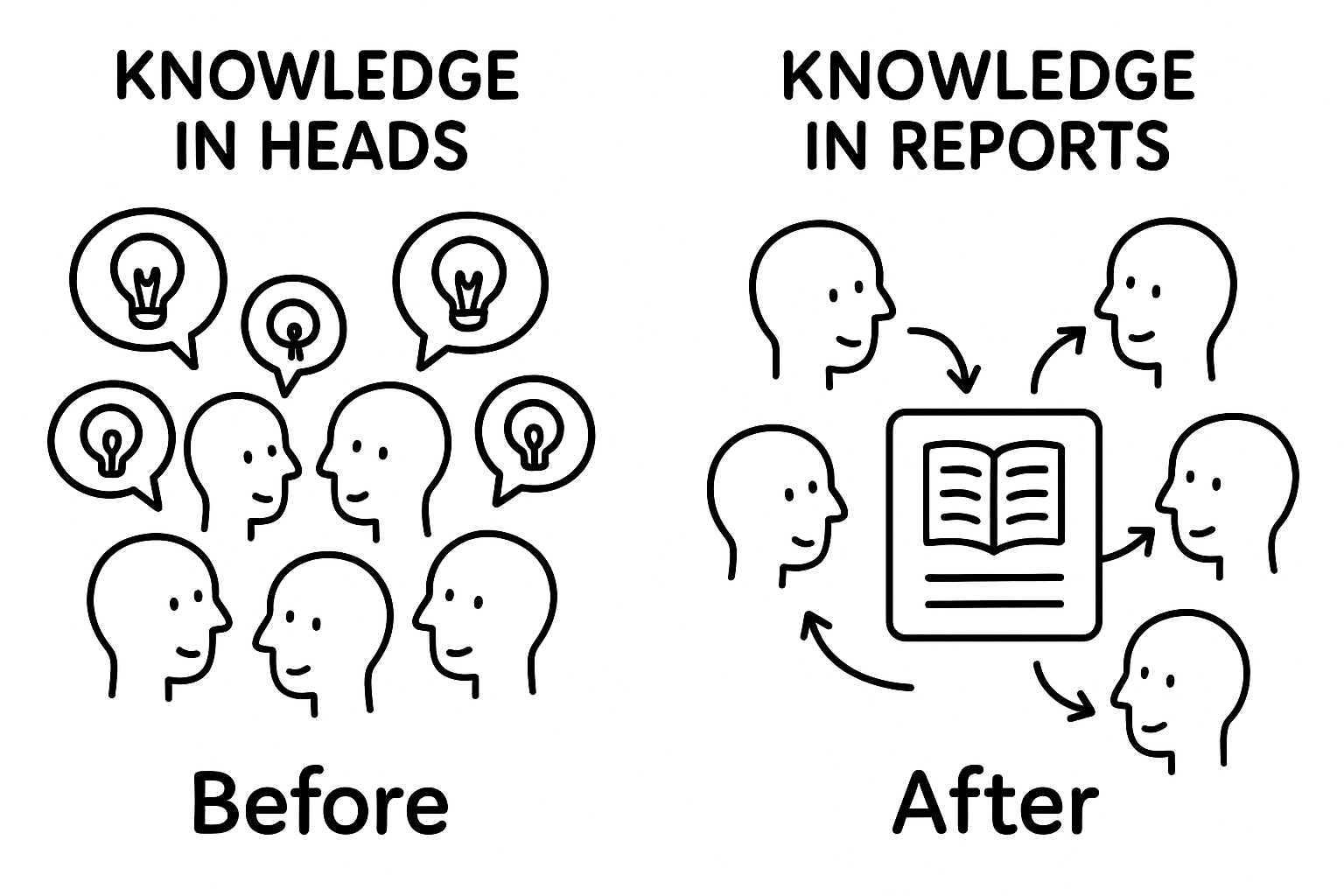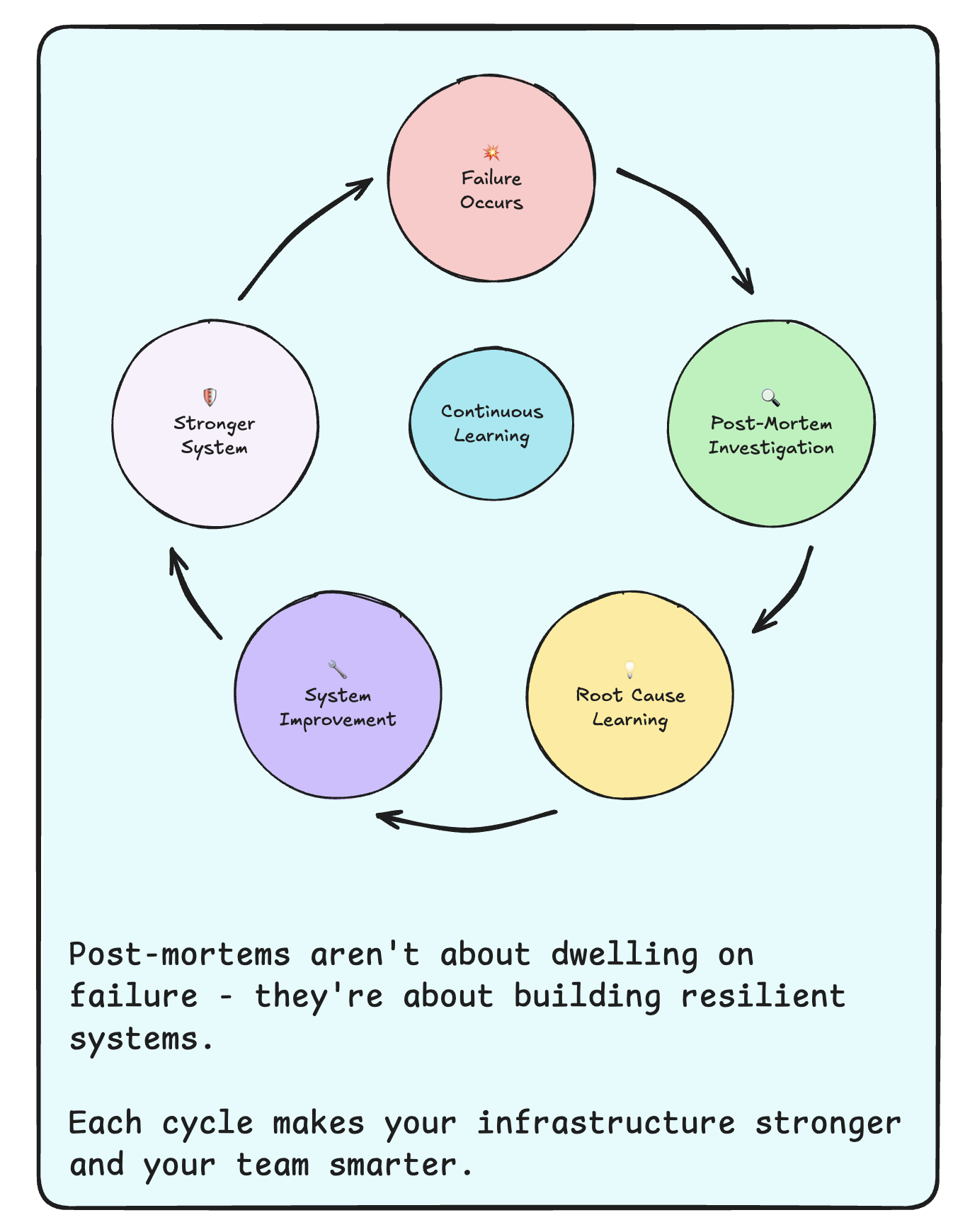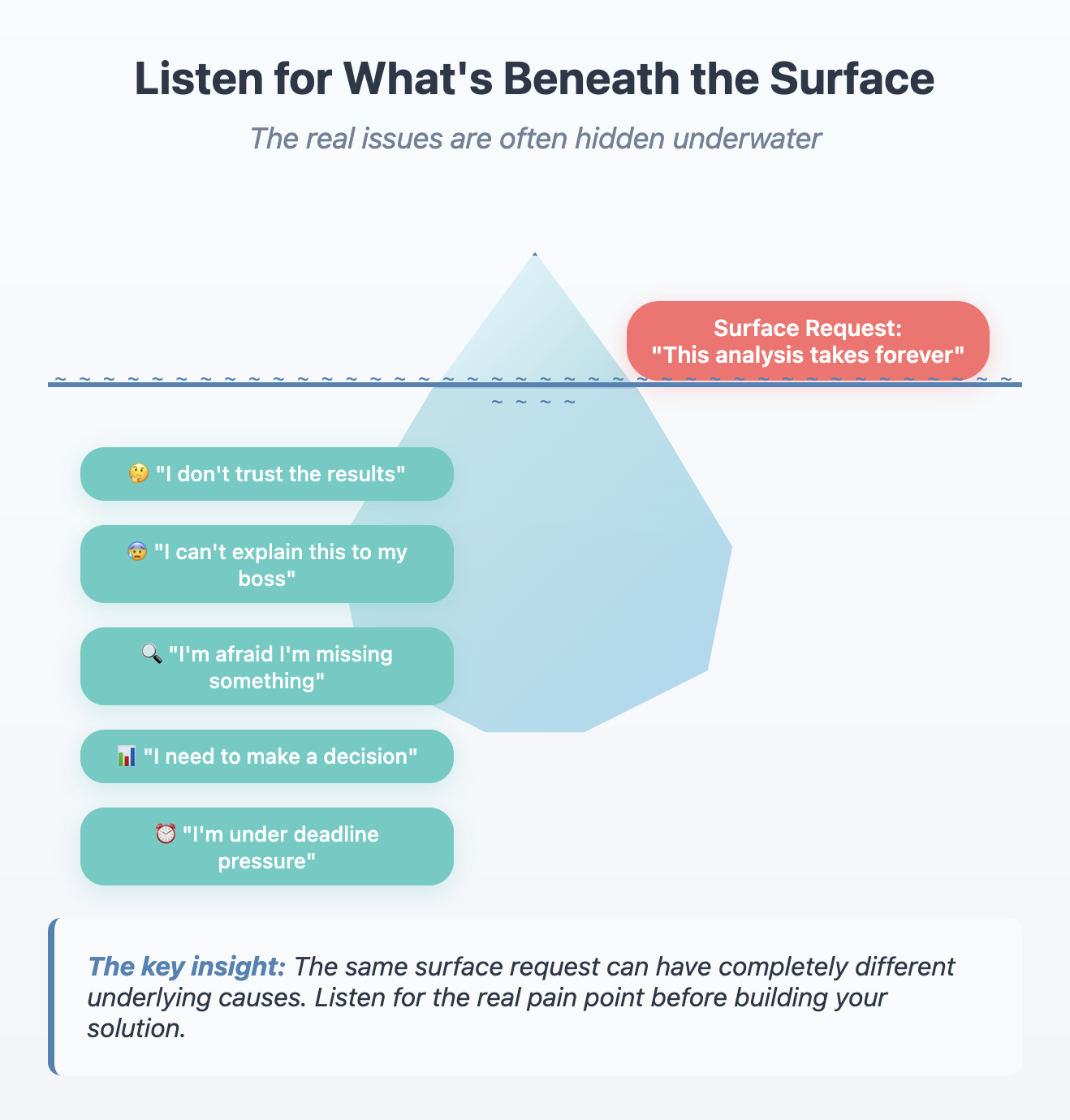· Lina L. Faller, Ph.D. · Quick Take · 2 min read
The Art of Saying No Without Losing Friends
Scope negotiation isn't about being rigid—it's about being intentional.
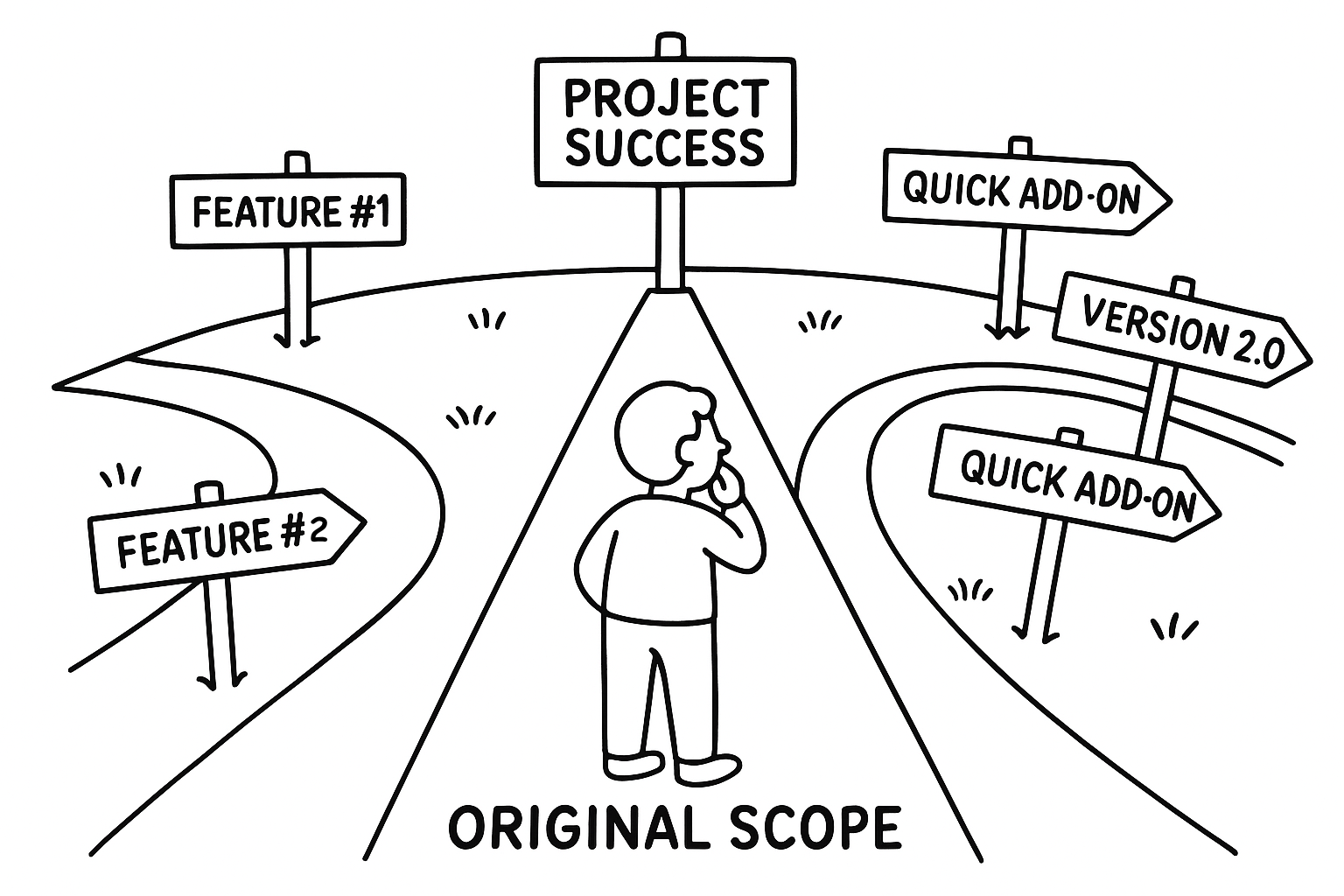
Three weeks into your project, someone says: “Wouldn’t it be nice if we could also…”
Your heart sinks. You know exactly where this leads. 🚨
Scope creep is the silent killer of technical projects. Here’s how to prevent it:
𝗦𝘁𝗲𝗽 𝟭: 𝗗𝗲𝗳𝗶𝗻𝗲 𝗪𝗵𝗮𝘁 𝗬𝗼𝘂’𝗿𝗲 𝗕𝘂𝗶𝗹𝗱𝗶𝗻𝗴 (𝗮𝗻𝗱 𝗪𝗵𝗮𝘁 𝗬𝗼𝘂’𝗿𝗲 𝗡𝗼𝘁)
Start with clear requirements. But here’s the secret: also create an explicit “Out of Scope” section.
Those nice-to-have features people mention in meetings? Write them down as “Version 2.0 features.” Acknowledge them, document them, but don’t build them.
This serves two purposes: → Shows you’re listening to stakeholder ideas → Creates a clear boundary for current work
𝗦𝘁𝗲𝗽 𝟮: 𝗚𝗲𝘁 𝗦𝘁𝗮𝗸𝗲𝗵𝗼𝗹𝗱𝗲𝗿 𝗕𝘂𝘆-𝗶𝗻
Remember your stakeholder mapping? Make sure your project plan has something that satisfies each key player.
Get them to explicitly agree to the scope. Don’t just send a document—have a conversation.
“This is what we’re building. This is what we’re not building right now. Are we aligned?”
Get verbal confirmation. Even better, get it in writing.
𝗦𝘁𝗲𝗽 𝟯: 𝗦𝘁𝗮𝘆 𝗼𝗻 𝘁𝗵𝗲 𝗣𝗮𝘁𝗵
Here comes the hard part: during implementation, stick to the plan.
When someone inevitably says “wouldn’t it be nice if…” your response is: “That’s a great idea! I’m adding it to our Version 2.0 list. Let’s make sure we nail Version 1.0 first.”
𝗧𝗵𝗲 𝗣𝘀𝘆𝗰𝗵𝗼𝗹𝗼𝗴𝘆 𝗼𝗳 𝗦𝗰𝗼𝗽𝗲 𝗖𝗿𝗲𝗲𝗽
Why do stakeholders keep adding features mid-project? → They get excited seeing progress → They think “just one more thing” won’t hurt → They don’t understand the compounding complexity → They haven’t felt the pain of scope creep before
Your job is to protect them from themselves while keeping them engaged.
𝗠𝘆 𝗚𝗼-𝗧𝗼 𝗥𝗲𝘀𝗽𝗼𝗻𝘀𝗲:
“I love the enthusiasm! That feature would definitely add value. Here’s what it would cost us in terms of timeline and current scope. Should we adjust our priorities?”
This does three things: → Acknowledges their idea positively → Makes the trade-off explicit → Puts the decision back in their hands
𝗧𝗵𝗲 𝗕𝗿𝗶𝗱𝗴𝗲 𝗕𝘂𝗶𝗹𝗱𝗲𝗿 𝗜𝗻𝘀𝗶𝗴𝗵𝘁:
Scope negotiation isn’t about being rigid—it’s about being intentional. You’re helping stakeholders make informed decisions about trade-offs rather than just saying no.
When you frame scope management as protecting shared success rather than limiting possibilities, stakeholders become your allies in maintaining focus.
What’s your experience with scope creep? What strategies help you keep projects on track?


